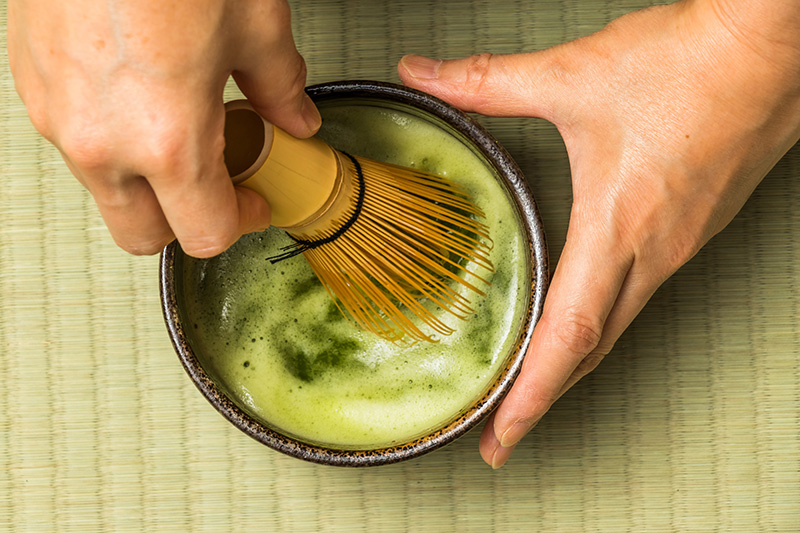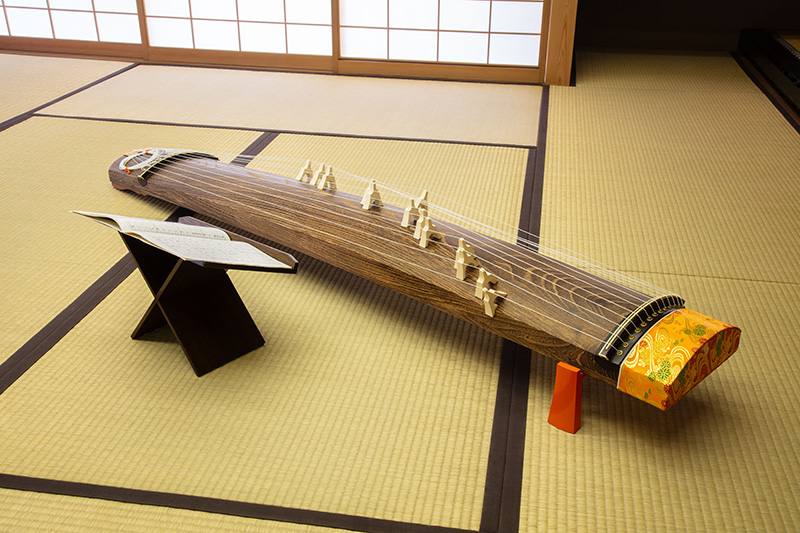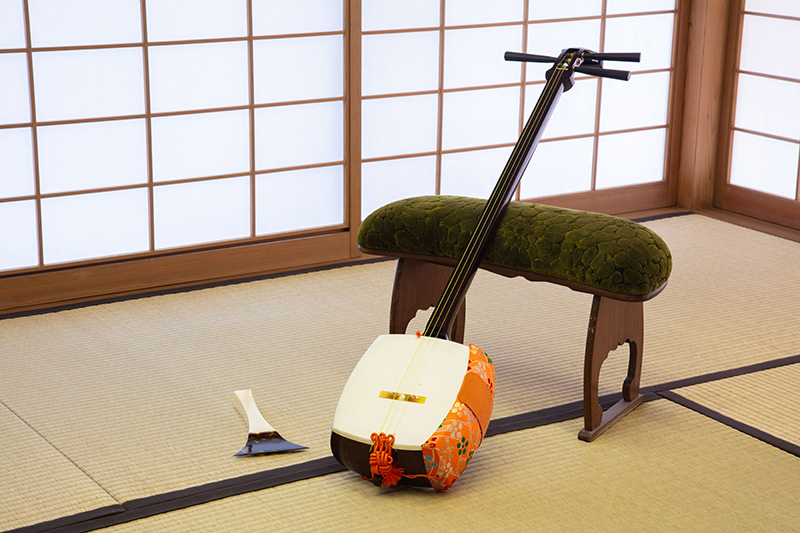Cultural Experiences
Hospitality
Tea ceremony

SADO (tea ceremony) is the traditional Japanese art of boiling water, preparing or kneading tea, brewing tea, and serving tea.
Nowadays, tea ceremonies generally use MATCHA green tea and are prepared using special tools (tea utensils).
Matcha stored in a "NATSUME" (for thin tea) or "CHAIRE" (for thick tea) is placed into a "CHIWAN" (tea bowl) with a "CHASHAKU" (tea scoop), hot water is poured over, and the tea is mixed with a "CHASEN" (tea whisk).
* Upon arrival, you will be welcomed with MATCHA green tea and Japanese sweets.
Hot Chocolate

The custom of drinking hot chocolate dates back to the Mayan civilization. It was also started to be consumed by the neighboring Aztec civilization, and gradually spread to Europe. New Orleans, where I lived during my graduate school days, is close to Mexico and has a history of being a Spanish and French colony.
There is a hotel near our school that serves free hot chocolate to customers at 10pm, which is said to help you sleep, and we would occasionally treat ourselves to it. As a way of giving back to New Orleans, Villa Retreat will also be serving free hot chocolate drinks at 10pm.
*Please let us know if you want.
Experience
Yoga
Under adjustment

This training method has its origins in ancient Indian philosophy and aims to harmonize the mind and body. It combines breathing techniques, meditation, and poses to maintain physical and mental health.
*Instructor-led classes are under adjustment.
Koto
Under adjustment

It is one of the stringed instruments used in GAGAKU, an ancient court music played at ceremonies in Japanese imperial courts, temples, and shrines. Its origins are not well known. It is made of a hollow body made of glued together paulownia wood boards, with strings stretched over it, and is plucked with three koto plectrums. Today, most have thirteen strings.
Shamisen
Under adjustment

It is a Japanese stringed instrument. The skin of a cat or dog is stretched on both sides of the wooden body, and the SHAMISEN (three-stringed instrument) is played by plucking it with a BACHI (stick). It is called "SHAMISEN" or "SANSHIN" because of its three strings. The Chinese SANGEN was brought to the mainland via the Ryukyu Islands during the Warring States period, and it is said that it was further improved by "BIWA-HOSHI" (blind monks who played the BIWA on streets, which were seen around the end of the 8th century) to form the instrument we know today.


